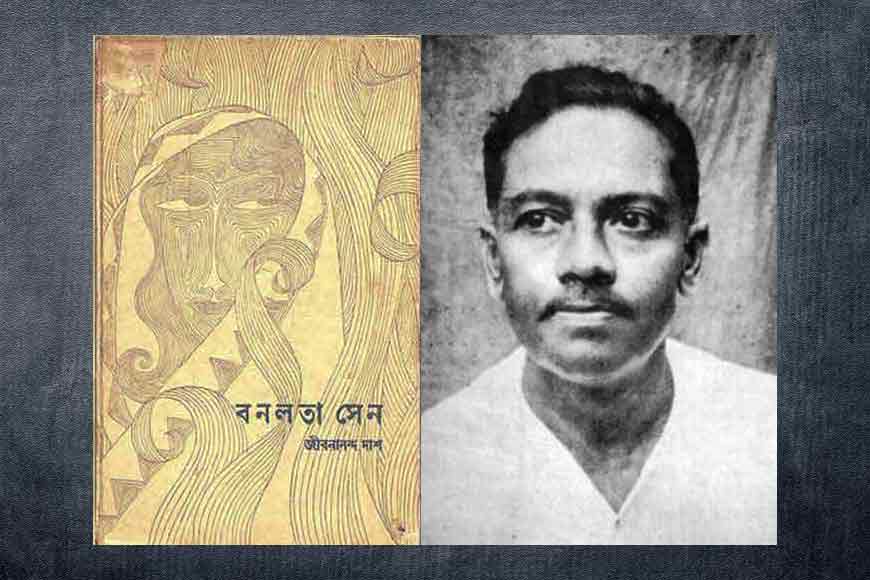Remembering Jibanananda Das on his death anniversary

It was the year of Mahatma Gandhi’s Quit India movement. 1942. It was also the year when poet Jibanananda Das created the ultimate mystery woman – Banalata Sen, the poem that ruled romantics down generations. Natorer Banalata Sen became the emblem of feminine charm and subtle mystery as well as beauty and love. Poet Jibanananda’s poems became the defining essence of modernism in 20th-century Bengali poetry from then on.
The poem is unique with a title that carries only the name of a woman and every ending line of every stanza carries her name. Was our poet then in love with Banalata Sen? The poem had created such a stir that it is considered to be one of the best in world literature, alongside creations like Maria by Antoni Malczewski) or The Solitary Reaper by William Wordsworth. Despite the curiosity of readers regarding who the actual Banalata Sen was, Jibanananda in his lifetime never felt the urge to explain himself or the character he created.
Critics believe the dark, brooding contemplative loner, Jibanananda found his primal inspiration of Banalata Sen from the works of William Butler Yeats. Some have compared her to Edgar Allan Poe’s Helen. However, Helen’s physical beauty forms the central theme in Poe’s work, Jibanananda goes deeper and on the landscape of a woman’s beauty has painted the vast expanse of human existence, both in terms of time and topography, drawing attention to the transient existence of human beings. She comes across as a beacon of hope, a ray of light amid the vast abyss of darkness. She is humanity personified and the last glimmer for human emancipation. Jibanananda created in his virtual world and kept reviving and reiterating the same feminine form under various names like Shyamoli, Sabita, Suranjana.
The poem is a short lyrical ballad written in free verse but what sets it apart is the juxtaposition of unconventional words and phrases in creating imageries, that traverse the length and breadth of the universe, cutting through all barriers of time and space. The poet here is a lone traveler, passing through cities, watching the rise and fall of great civilizations, the dark ages of Bimbisara and Asoka, looking at the whitish-pale sea of life, but nothing or none could give him the peace and solace he had been looking for until he reaches Natore and meets Banalata Sen. Natore here stands for the ancient city which was once a seat of learning, culture and heritage of Bengal. It is still a part of Rajshahi district of Bangladesh. After travelling through war zones, the poet finds tranquility in his motherland and here a mysterious woman who is the very essence of femininity provides shelter to his tormented soul and gives him the long-desired rest.
Jibanananda’s lines in describing the physical attributes of Banalata Sen is both sensuous and romantic, playing on the edge of a poetic pathos. He is mesmerized by her long flowing tress that resembles dark crevices of the night. Her perfectly balanced profile, has the sculpted beauty of Shravasti engravings. She provides comfort and security when the poet, like a shipwrecked sailor desperately seeks help. The bird-nest eyed girl provides refuge as the day ends and darkness envelops the world.
Jibanananda’s description of the woman had been taken up by later poets. For example, Sunil Gangopadhyay’s Nira, Shakti Chattopadhyay’s Mira were all additions to the genre of Banalata Sen. However, Jibanananda stood apart --- for Banalata Sen was a precursor to a new modern, post-Tagore poetry that gave birth to a global phenomenon. And Banalata Sen still is so relevant.












